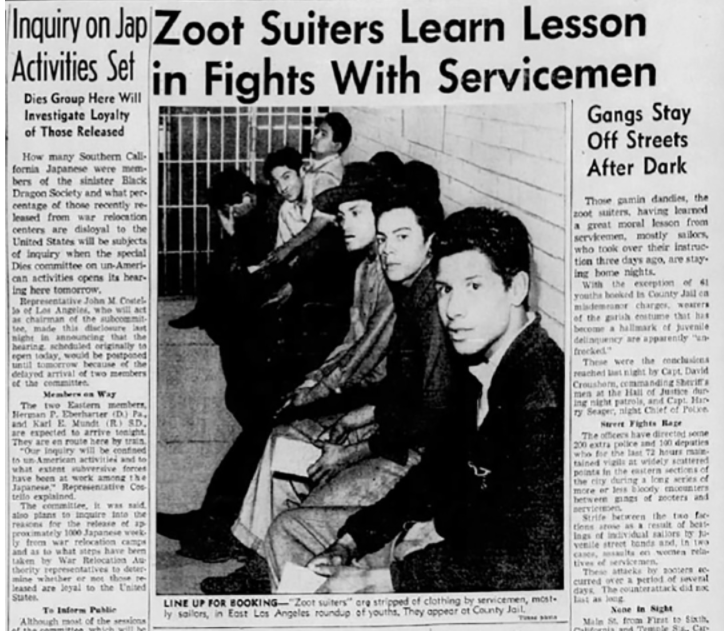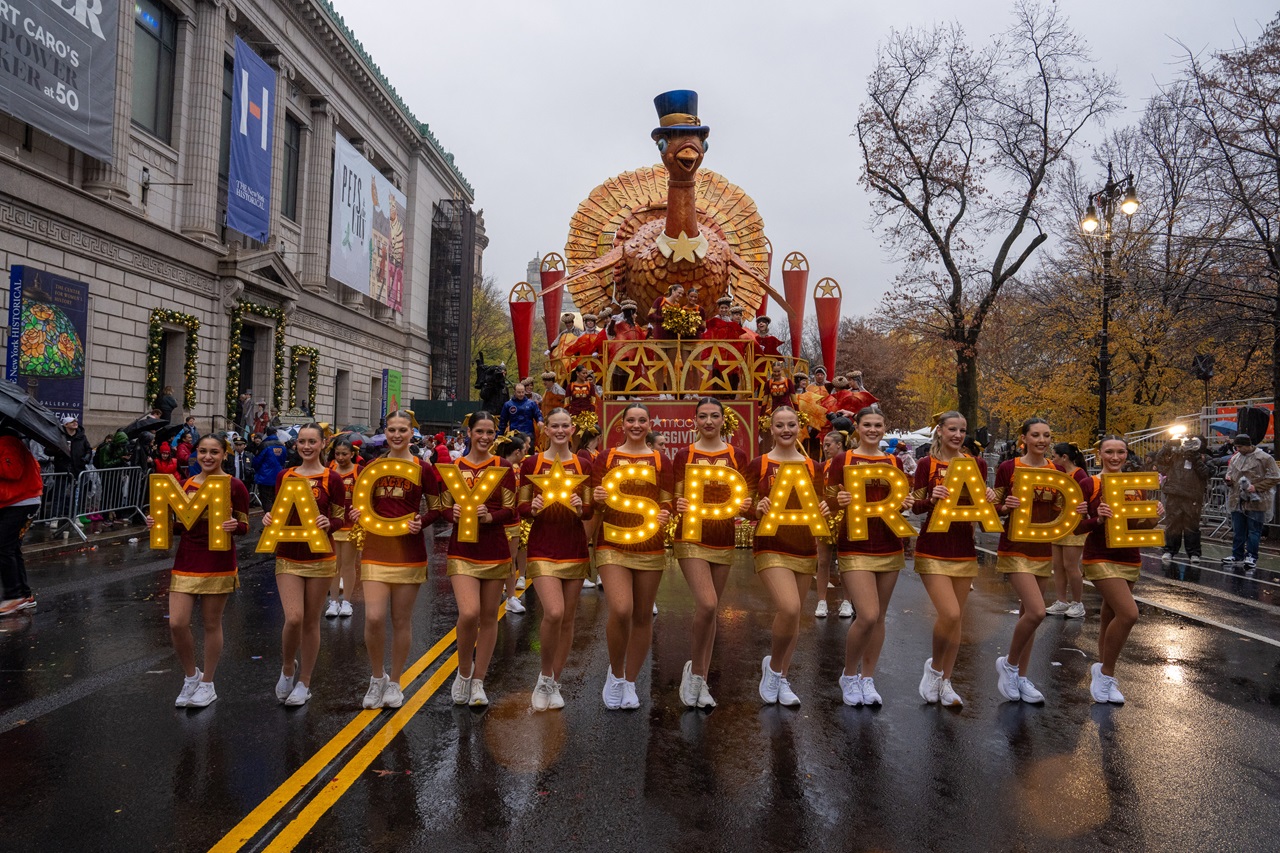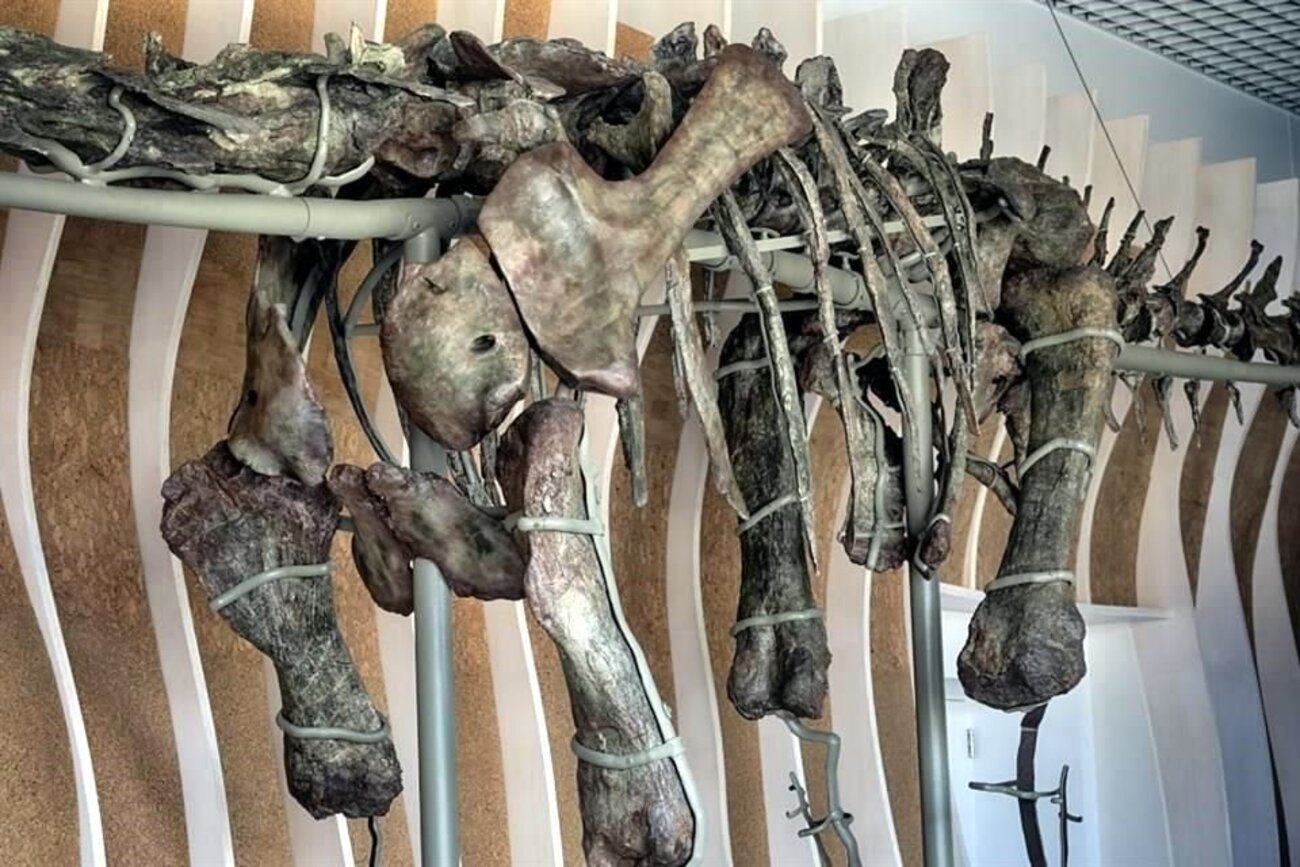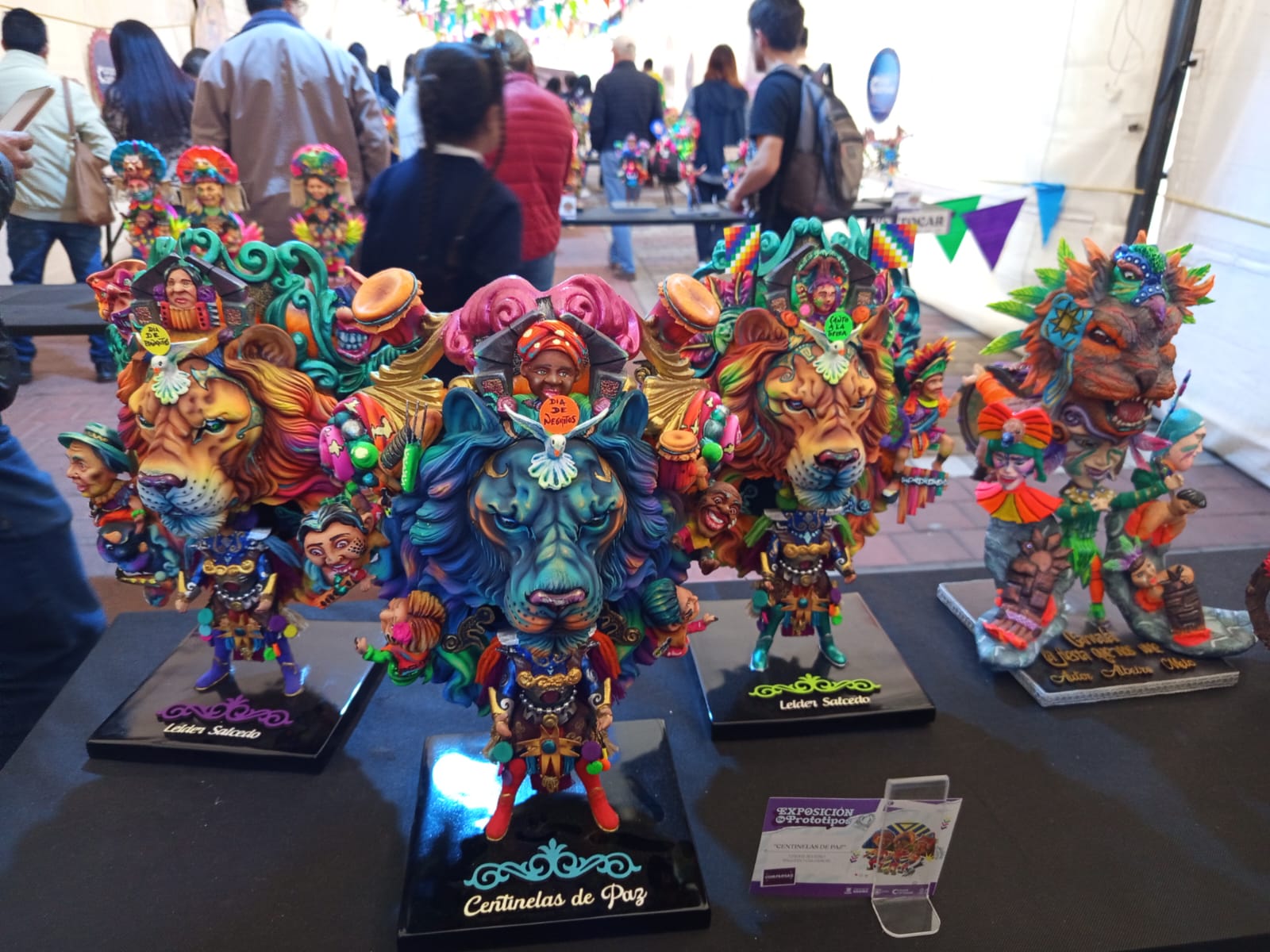
The LA Times reckons with a past of Latinx misrepresentation
On July 12, 1981, plastered across the Los Angeles Times read: “Marauders From Inner City Prey on L.A.’s Suburbs.”
Harsh — to say the least — and it’s taken 29 years for the newspaper to issue an apology recognizing the story reinforced negative stereotypes of Black and Latino Los Angeles residents.
During the 80s, when people didn’t address the prejudice and discrimination factor of life in America quite enough, the newspaper wrote descriptions of the targeted populations in the article like “permanent underclass” that lived in “ghettos and barrios.”
The “Marauders” article was one in a two-part series attempting to look at what was considered a major social problem — the rise of crime in large white communities like Pasadena and Beverly Hills.
The article offered explanations of issues at hand like the lack of jobs and education in the inner-city, but the result was more stereotypical perceptions of Black and Latinos. They were perceived as thieves, rapists, and killers — a narrative still being sold by the President of the United States today.
Today, the LA Times is one the long mend to transform their model into one that covers Black and Latino communities in a different light.
Rather than judging from an elitist, supremacist point of view prevalent throughout the paper’s history, it is trying to highlight what these communities have done and shining a light on their struggle.
But to come full circle on the issue, it still needs to address the lack of diversity in its newsroom. The complete, lived, story only comes from a person who is Indigenous, Black, Latino, Asian, or any other person of color — not through the historically dominant white male POV.
In the op-ed of reflection, the editorial board writes the newsroom’s reckoning was “prompted by a pandemic, an economic crisis and a national debate over policing.”
CONTENIDO RELACIONADO
It reflected on their institution, addressing the agenda for the last 80 years, saying it was “deeply rooted in white supremacy and committed to promoting the interests of the city’s industrialists and landowners.”
The op-ed went through the history of racism that went along with that agenda, and how it connects with struggles of the modern day era we live through today.
It’s one where all businesses are being forced (whether they want to or not) to push the diversity agenda, because the people who are considered minorities in the U.S. have had enough. It’s a sick fad that’s captured corporate America’s attention with little substance to back it up.
With that being said, the editorial board looked to the future for answers. Despite 2020 bringing new owners, leaders, labor unions, and headquarters, it is not enough, and that darkness of white eliteness still fills the halls.
“Newspapers are described as a first rough draft of history. But in truth, the first rough draft written by this newspaper — and those across the country — has been woefully incomplete,” they wrote.
Time will only tell if the second draft will be any better.










DEJE UN COMENTARIO:
¡Únete a la discusión! Deja un comentario.